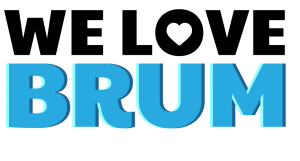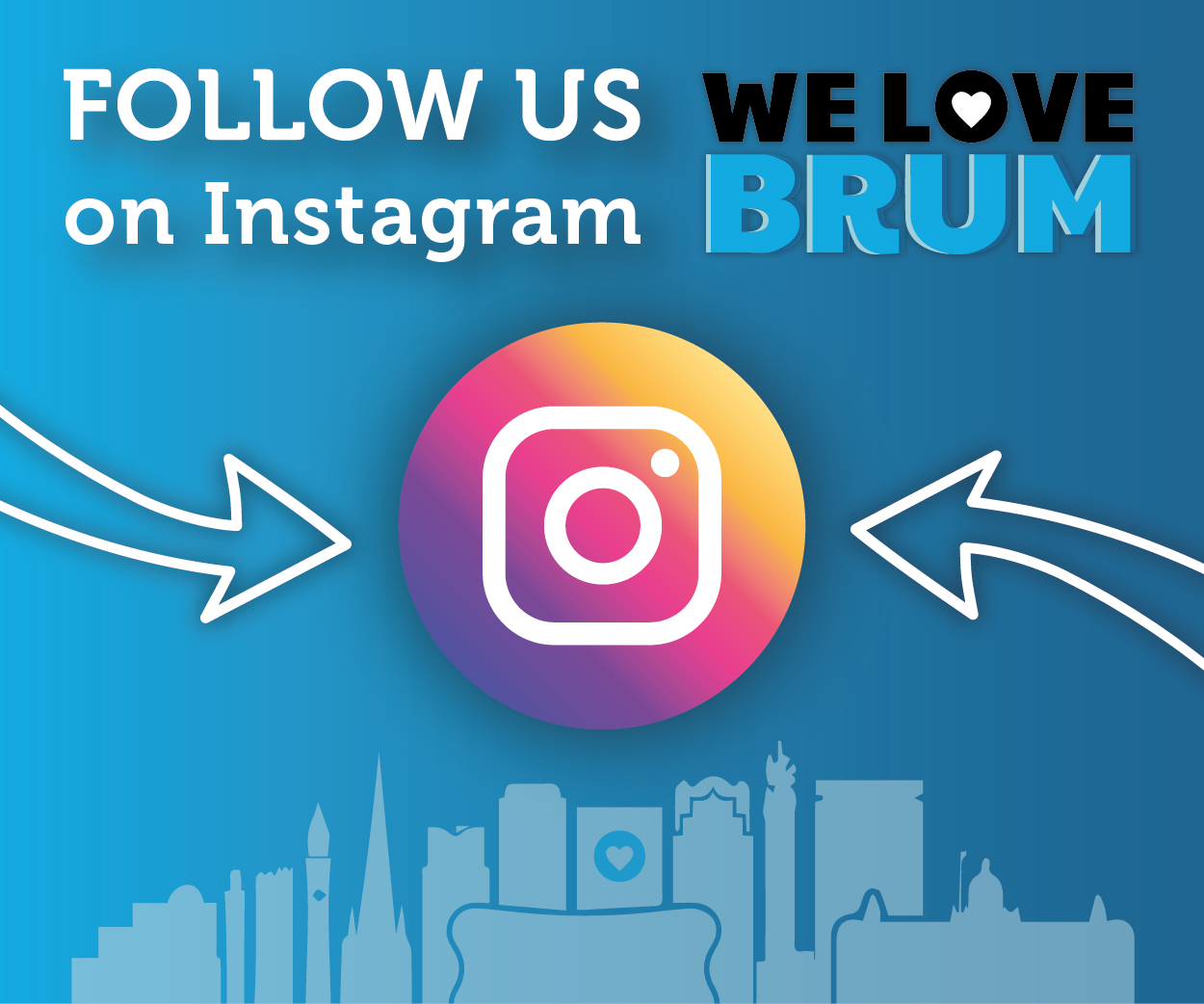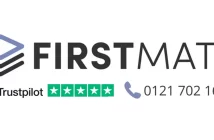The term category management is often used interchangeably with strategic sourcing. Both processes impact inventory management and have a few common grounds. However, they are distinct from each other in their approach. The former relies on a product-driven approach and the latter on a people-driven approach. A more vivid explanation will define category management as focusing on the optimization of the value of a group of products or services. Contrarily, strategic sourcing focuses on selecting the best fit amongst suppliers who can deliver as per the company’s needs.
In category management optimization involves identifying opportunities for reducing overheads and costs, improving quality, and risk mitigation. It uses these methods to analyze and manage the category spending for a vertical. To complete the cycle one has to maintain and enhance supplier relationships. For instance, if the IT department is looking for supplies, then a category manager will analyze the market for the category of office supplies, electronics equipment, IT supplies, and other stuff based on category and not individual products. When one deals as a category the overall costs are reduced in the following manner; A company needs only 3 large cartons of paper clips and needs more files to store the paper. Then the stationary supplier will club the order of paper clips with other office supplies, and ship them together to avoid extra charges for separate shipping of individual items.
Strategic sourcing has more to do with vendor picking than grouping the products. Scanning the available suppliers for a category of items, checking their credibility, and reviewing the best fit among them based on how long they have been field players, experience, commitment levels, quality of products and services, financial backing, etc, one has to select a vendor.
Often dealing with new players is considered risky, but this is where the tact of the sourcing managers comes into play. They will check the individual credentials of the new vendor team to see if they can risk giving them business. The chances that the newbie brings in more than the bargain are higher as they have the zeal to establish themselves. Strategic sourcing involves requesting quotes, evaluating proposals, checking the sample quality, and other details that are essential for the product negotiation.
Category Management vs. Strategic Sourcing: A Simple Guide
Your old TV is no longer holding up and it is time to buy a new one. Buying electronics regularly is not your forte, so you post a query in a social media group dedicated to reviewing gadgets and devices. Obviously, you want the best TV within your budget’s price range and you start reviewing the recommendations of different brands and models.
Comparing features, offers available after-sales services, etc are part of this analysis. Up to this point, you have been using category management to evaluate the product. Once you have decided on the product, you want to decide whether it will be an online or in-store vendor, who the vendor is based on their delivery, safe package handling, and refund request processing in case there is a mix-up or the product delivery is not of good standard, negotiating on the price, etc. This part is strategic sourcing. The same approach is scaled up as per business requirements.
In category management, a strategic approach is taken by grouping the products based on common factors. For instance, dairy is a product category for all things that are sourced from milk and milk solids like skimmed milk, butter, cheese, curd, milk powder et al. Winter clothing includes sweaters, coats, head warmers, woolen scarves, shawls, and other garments used to keep the body warm. Vendors who are involved in the import-export of goods understand the opportunity cost of empty spaces and prefer category selling vis-a-vis individual products. This helps in specializing in a line of the same group of products and saves tons of money in shipment charges.
Here are other distinct features based on key areas, benefits, application, and automation possibilities of both approaches:
Key Areas Covered By CM & SS
Category management covers key areas like analyzing the spending patterns of the customers within each category. If there is demand for more shawls than sweaters, a store can order accordingly without escalating the prices as they still are sticking within the category. It is possible to use KPIs to measure the performance of each category and analyze the data to reduce costs without impacting the quality.
Strategic sourcing involves the tact of the person who manages the process. More than a tool this is an approach that uses other tools like vendor review platforms. Selecting the ideal vendor with back-up options after verifying the details of the prospective suppliers based on the quality of their products, delivery timelines, financial stability required for order fulfillment, out-of-box working capabilities, and sustainability is part of the process.
Once the supplier is selected, negotiation of the price, agreeing to the terms of the contract, and paperwork completion are the next stages of the approach. Following up with suppliers, maintaining a healthy relationship, and monitoring the procurement closely are the final parts of strategic sourcing.
Benefits of Category Management & Strategic Sourcing
- Consistent Quality
- Cost Reduction
- Risk Mitigation
- Better Output
- Improves Supplier Relationship
Application: Use Cases For Category Management & Strategic Sourcing
Both approaches are useful to businesses irrespective of their size. It is more useful for businesses that are more complex and carry out huge purchases to upkeep their product line.
Automation Possibilities
Flexing technology to automate several tasks involved in category management and strategic sourcing using business intelligence tools will help with faster results at reduced spend per product. The cost per unit reduces as the overheads are flattened and the tail end of the cost graph reduces with an increase in automation. Predicting spending patterns and steering business to suit consumer preferences is easier with automation.
Conclusion:
Both category management and strategic sourcing have a common goal; better procurement. Using both tools will enhance the business’s scalability and sustainability by saving money, improving quality, and reducing costs.





